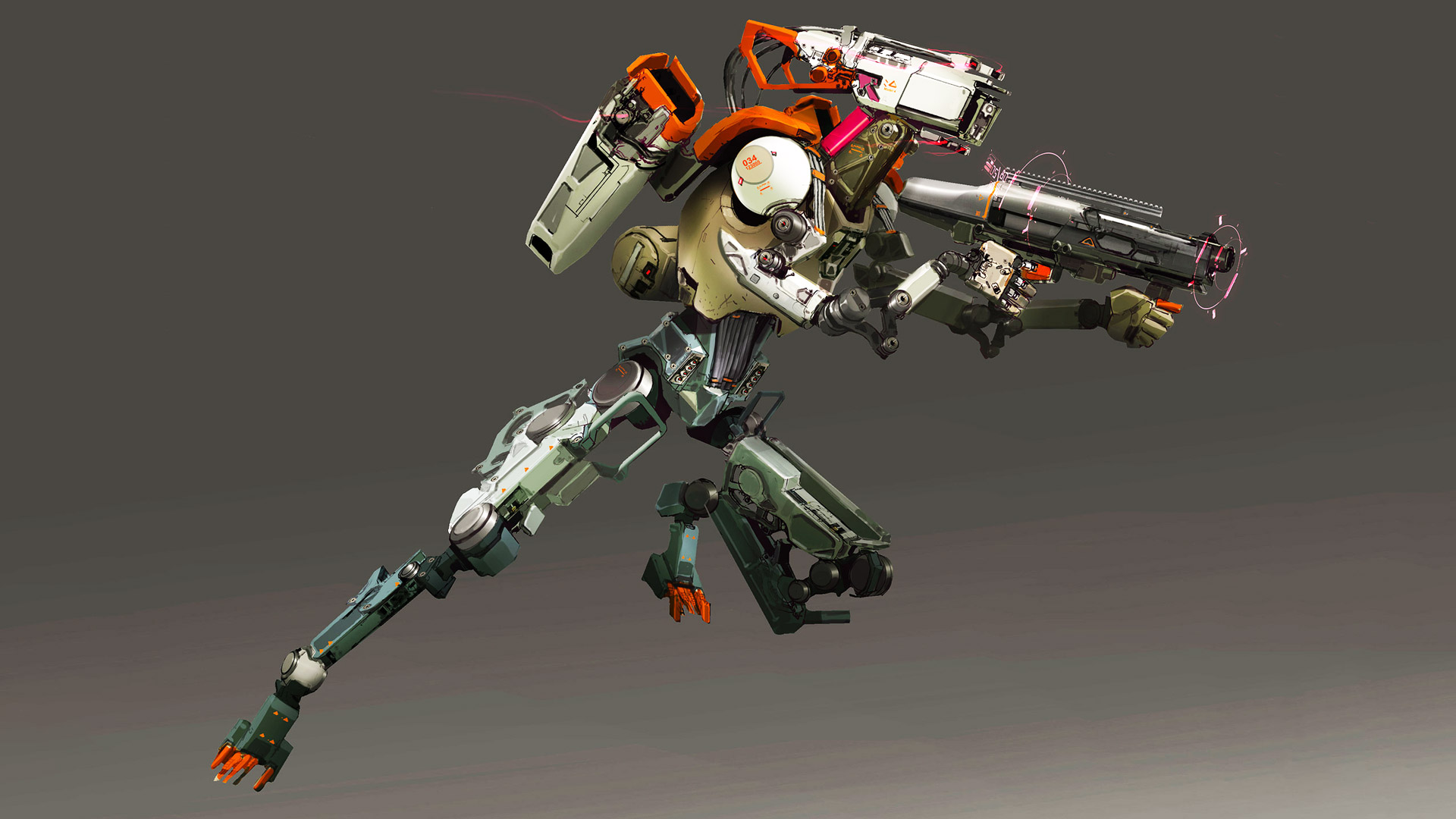In Inside VR Design we analyze particular examples of excellent VR style. Today we’re looking at the creative style of Stormland’s weapons, mobility, and open-world.
You can discover the total video listedbelow, or continue reading for an adjusted text variation.
Stormland is an open-world action-adventure videogame with co-op assistance from Insomniac Games. It’s available on Oculus PC (playable on SteamVR headsets bymeansof Revive); check out our complete evaluation here.
By the time the studio started advancement on Stormland, it had currently developed 3 VR videogames prior. That experience reveals through plainly in numerous of Stormland’s skillfully developed systems and interactions.
In this post we’re going to checkout the videogame’s special take on weapon reloading and stock management, its usage of multi-modal locomotion, and its unique open-world style. Let’s start with weapons.
Weapons
Like lotsof VR videogames, one of the main modes of interaction in Stormland is inbetween the gamer and their weapons. For the most part, this works like you’d anticipate: you pull your weapon out of a holster, you can hold it with one hand or 2, and you pull the trigger to fire. But when your weapon runs out of ammunition, you do something various than we see in most VR videogames: you rip it in half.
Ripping weapons apart provides you both ammunition for that weapon type and crafting products which are utilized to upgrade your weapons and capabilities in the videogame. In that sense, this gun-ripping pulls double-duty as a method to renew ammunition and gather beneficial resources after a fight.
Most weapon videogames in VR usage publications to renew a weapon’s ammunition, and while this can definitely work well and feel practical, it’s likewise relatively complex and susceptible to mistake, particularly when the gamer is under pressure.
Dropping a publication to the ground in the middle of a firefight and requiring to bend over to choice it up may feel affordable in a slower-paced simulation videogame, however Stormland intends for a run-and-gun rate, and forthatreason decided for a refilling interaction that’s visceral, enjoyable, and simple to carryout, no matter which weapon the gamer is utilizing.
This ‘ripping’ interaction, integrated with some excellent visual and noise impacts, is truthfully enjoyable no matter how lotsof times you do it.
Interestingly, Stormland’s Lead Designer, Mike Daly, informed me he wasn’t persuaded when one of the videogame’s designers veryfirst pitched the concept for ripping weapons apart. The designer worked with a developer to model the concept and ultimately offered Mike and the rest of the group on carryingout it into the videogame. They liked it so much that they even chose to usage the verysame interaction for non-gun products like health and energy containers.
A structured technique to weapon reloading isn’t the just thing that Stormland does to make things mucheasier for the gamer in order to preserve a run-and-gun rate; there’s likewise a extremely purposeful benefit included for weapon handling.
If dropping a publication in the middle of a battle can hurt the rate of gameplay, dropping the weapon itself can stop it straight-out. In Stormland, the designers picked not to penalize gamers for unintentionally dropping their weapon, by rather having the weapon merely float in location for a coupleof seconds to offer the gamer a opportunity to grab it onceagain without flexing down to choice it up from the flooring.
And if they merely leave it there the weapon will kindly return to its holster. This is a excellent method to keep sensible interactivity with the weapons while preventing the issue of gamers losing weapons in the heat of battle or by unintentionally not holstering them.
Allowing the weapons to float likewise has the included advantage of making stock management mucheasier. If your weapon holsters are currently complete however you requirement to shuffle your weapons, the drifting mechanic works practically like a practical third-hand to hold onto products for you while you make modifications.
Multi-modal Locomotion
Locomotion style in VR is complex since of the requirement to keep gamers comfy while still attaining gameplay objectives. Being an open-world videogame, Stormland required an method to mobility that would permit gamers to relocation big ranges, both horizontally and vertically.
Instead of sticking with simply one technique, the videogame blends unique modes of mobility and motivates gamers to switch inbetween them on the fly. Stormland utilizes thumbstick motion when you’re on company ground, climbing when you requirement to scale high structures, and moving for big scale motion throughout the map.
Thumbstick motion works quite much how you’d anticipate, however climbingup and moving have some clever style information worth talking about.
Climbing in Stormland works extremely likewise to what you might haveactually seen in other VR videogames, with the exception that your hand doesn’t requirement to be straight touching a surfacearea in order to climb. You can really ‘grab’ the wall from anumberof feet away. This makes it simpler to climb rapidly by needing less accuracy inbetween hand positioning and grip timing. It likewise keeps the gamer’s face from being right up versus the wall, which is more comfy, and indicates they wear’t requirement to pressure their neck quite as much when looking up for their next hand-hold.
And then there’s Stormland’s sliding mobility which lets gamers rapidly travel from one end of the map to another. This quick motion appears like it would be a dish for lightheadedness, however that doesn’t appear to be the case—and I’ll talk more about why in a minute.
With these 3 modes of mobility—thumbstick motion, climbingup, and moving—Stormland does an exceptional task of making gamers feel like they’re complimentary to fluidly relocation anywhere they desire and whenever they desire, specifically because of the method they work in tandem.
Continue on Page 2: VR-centric Open World »
.
